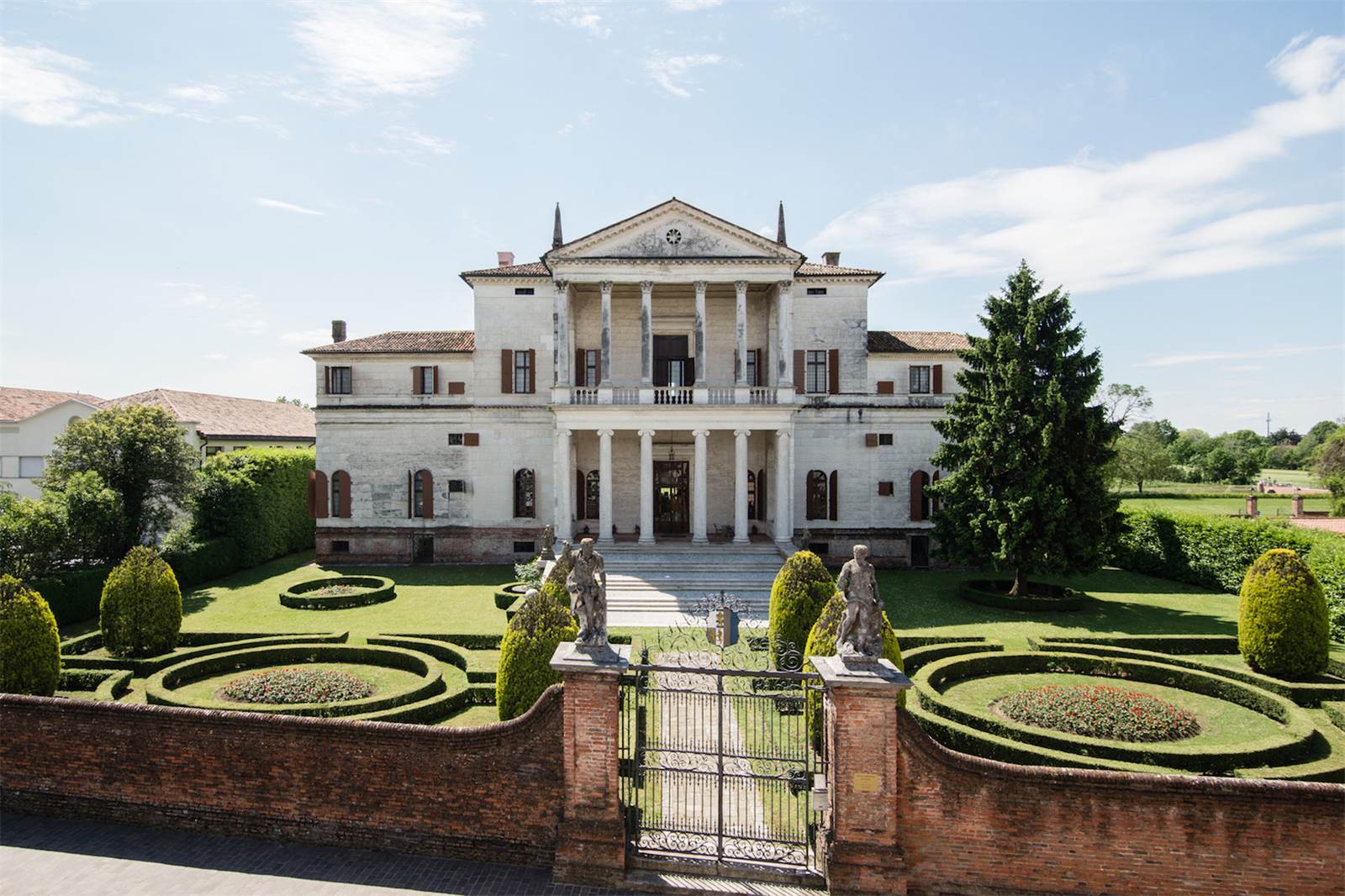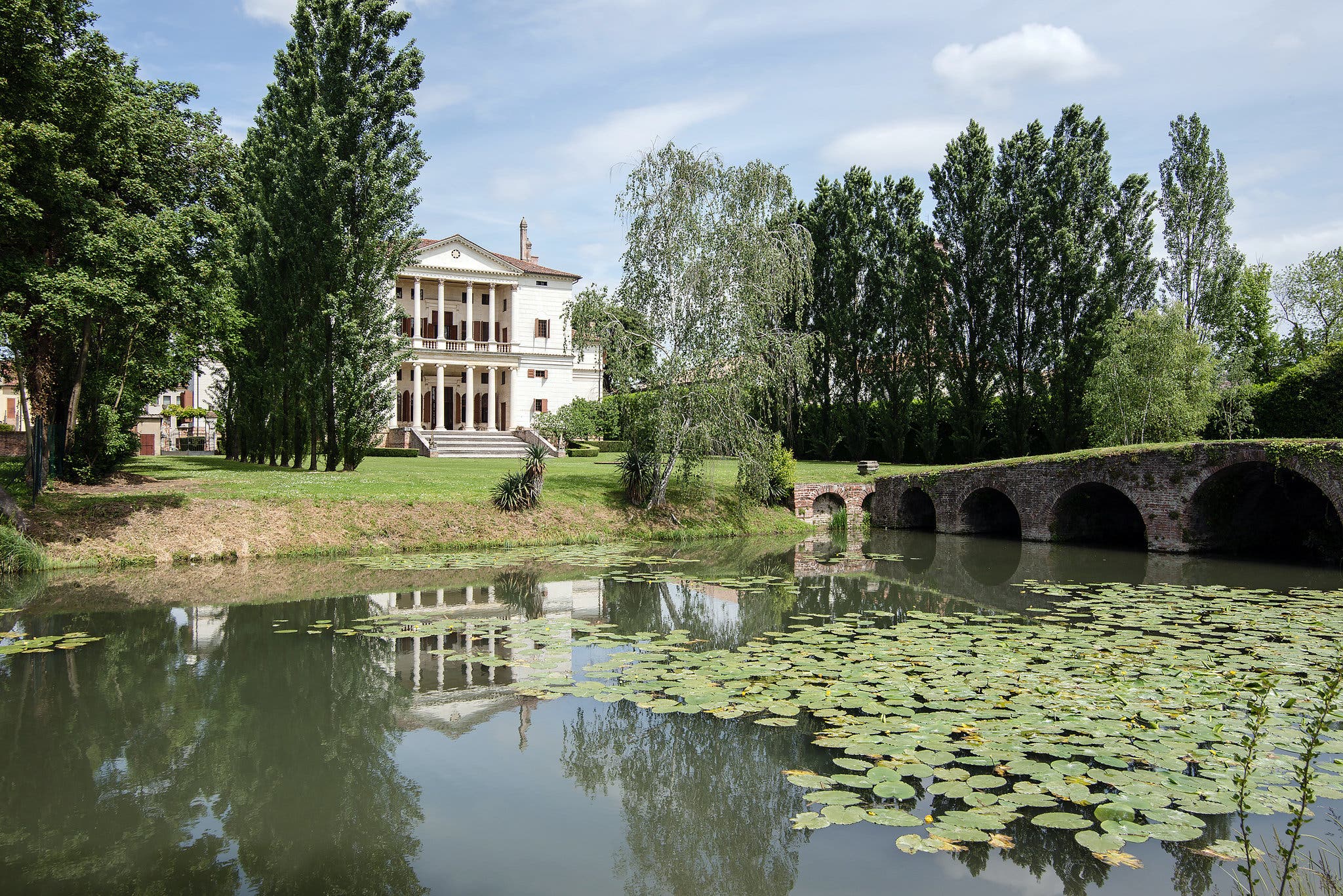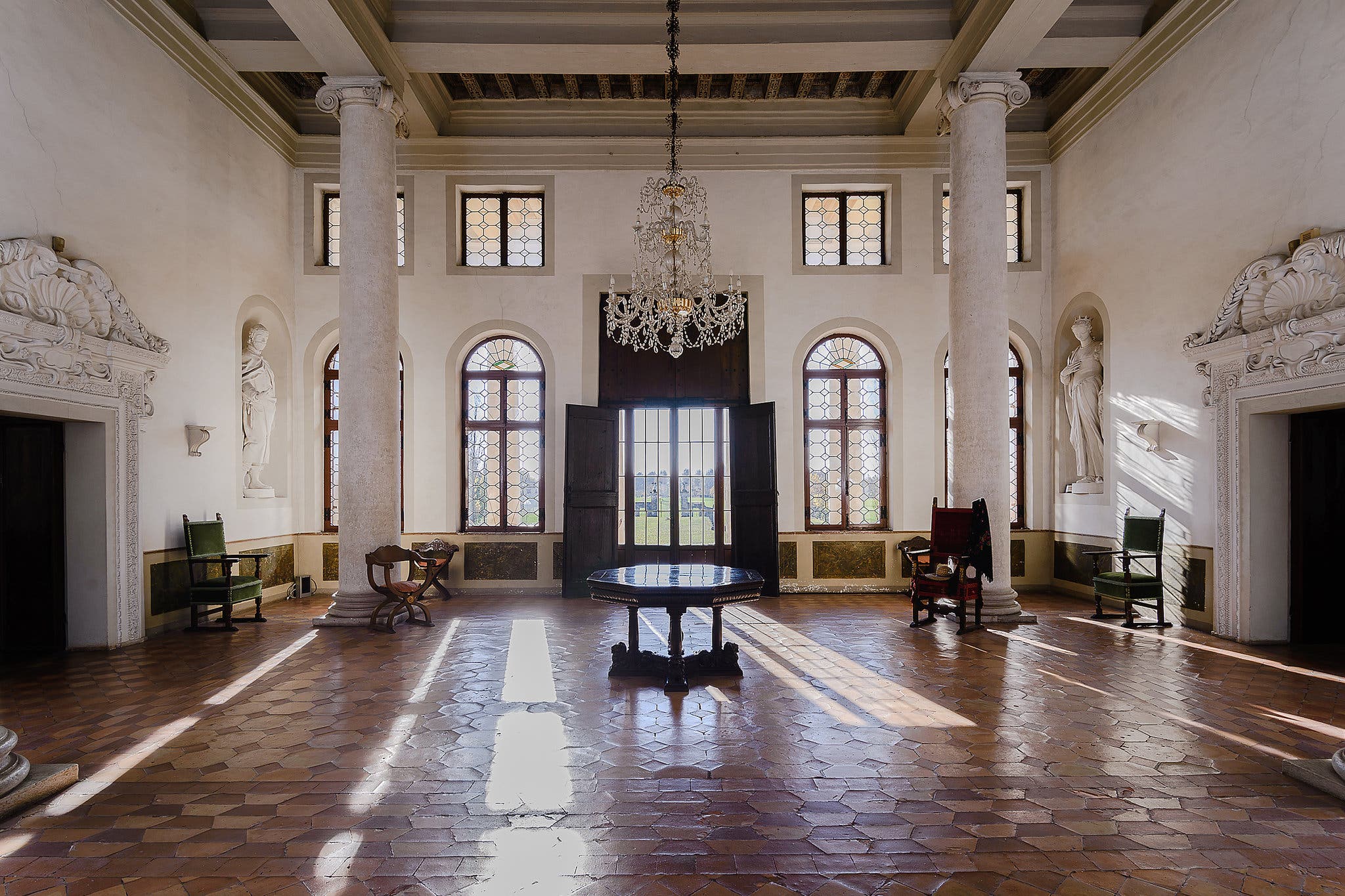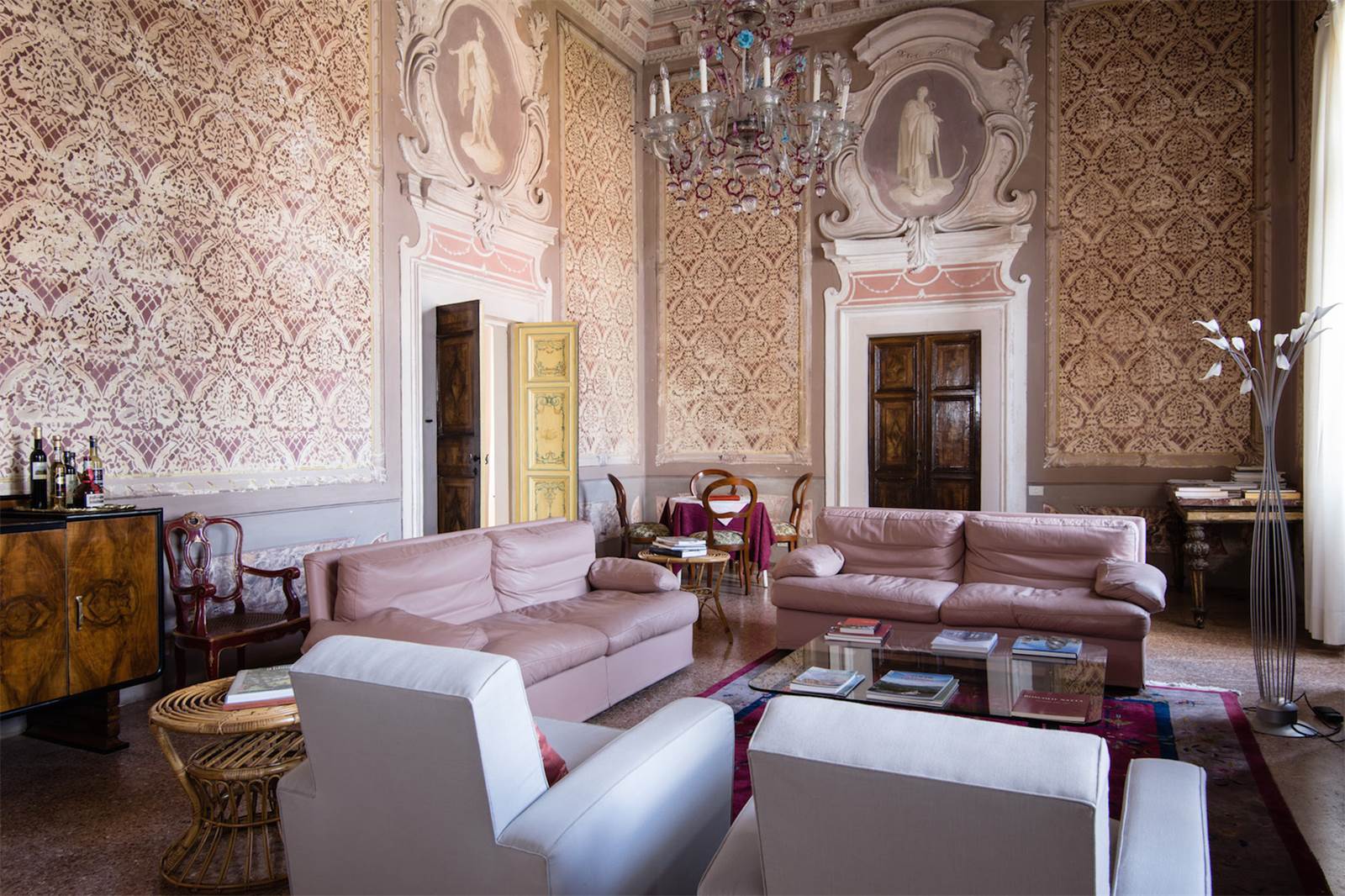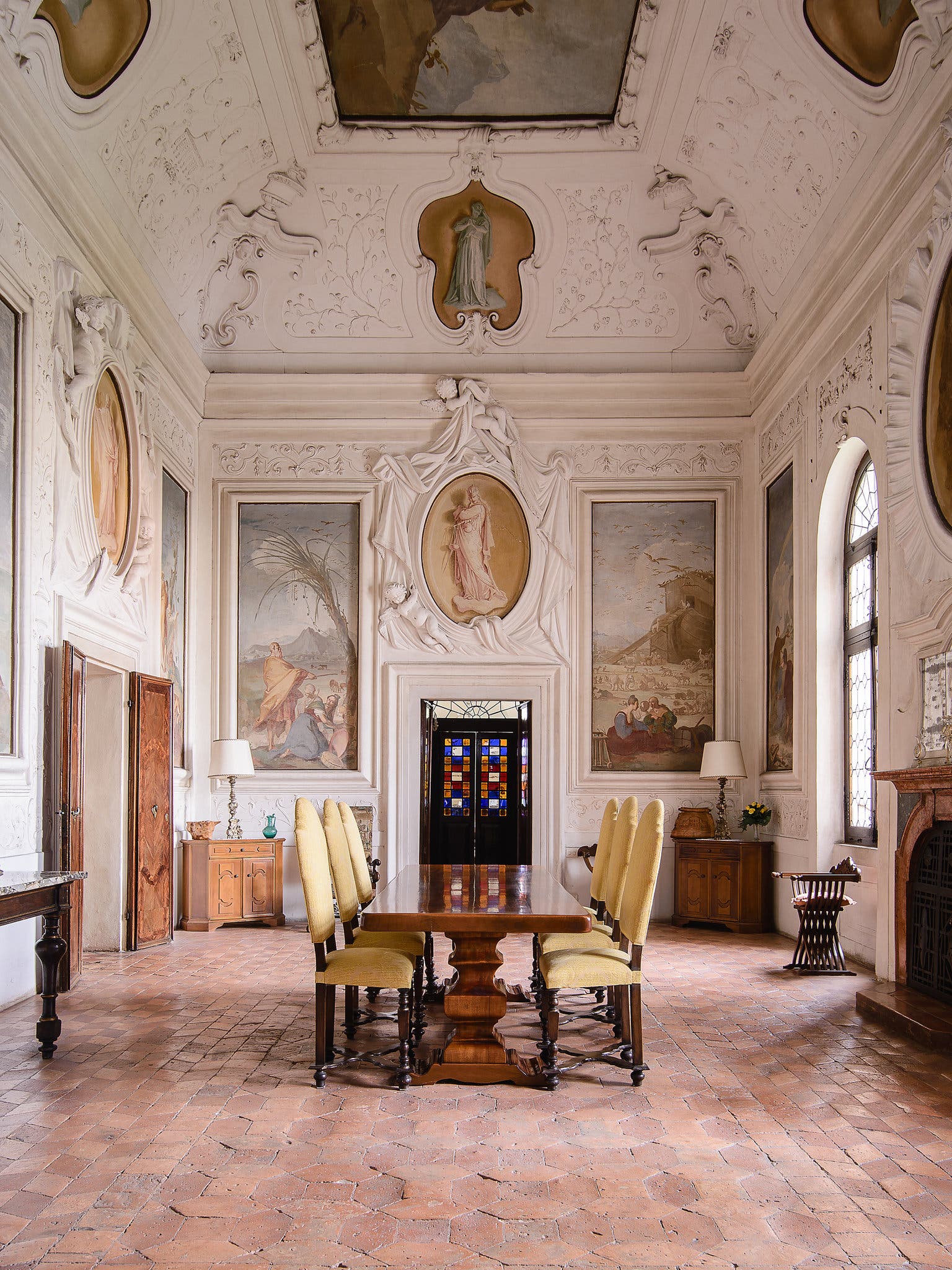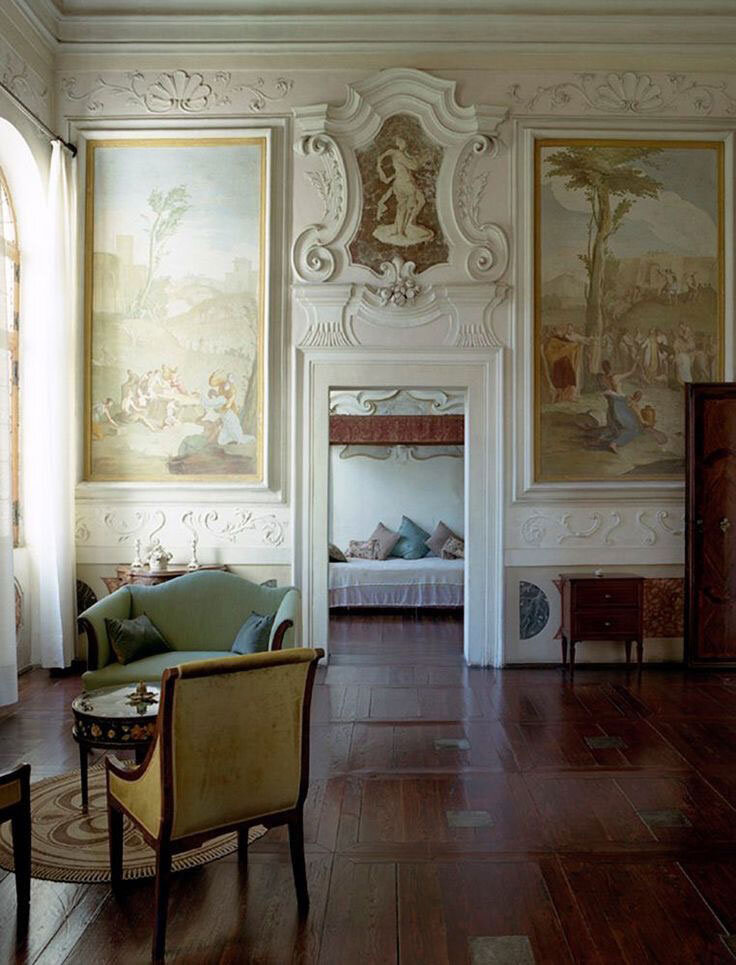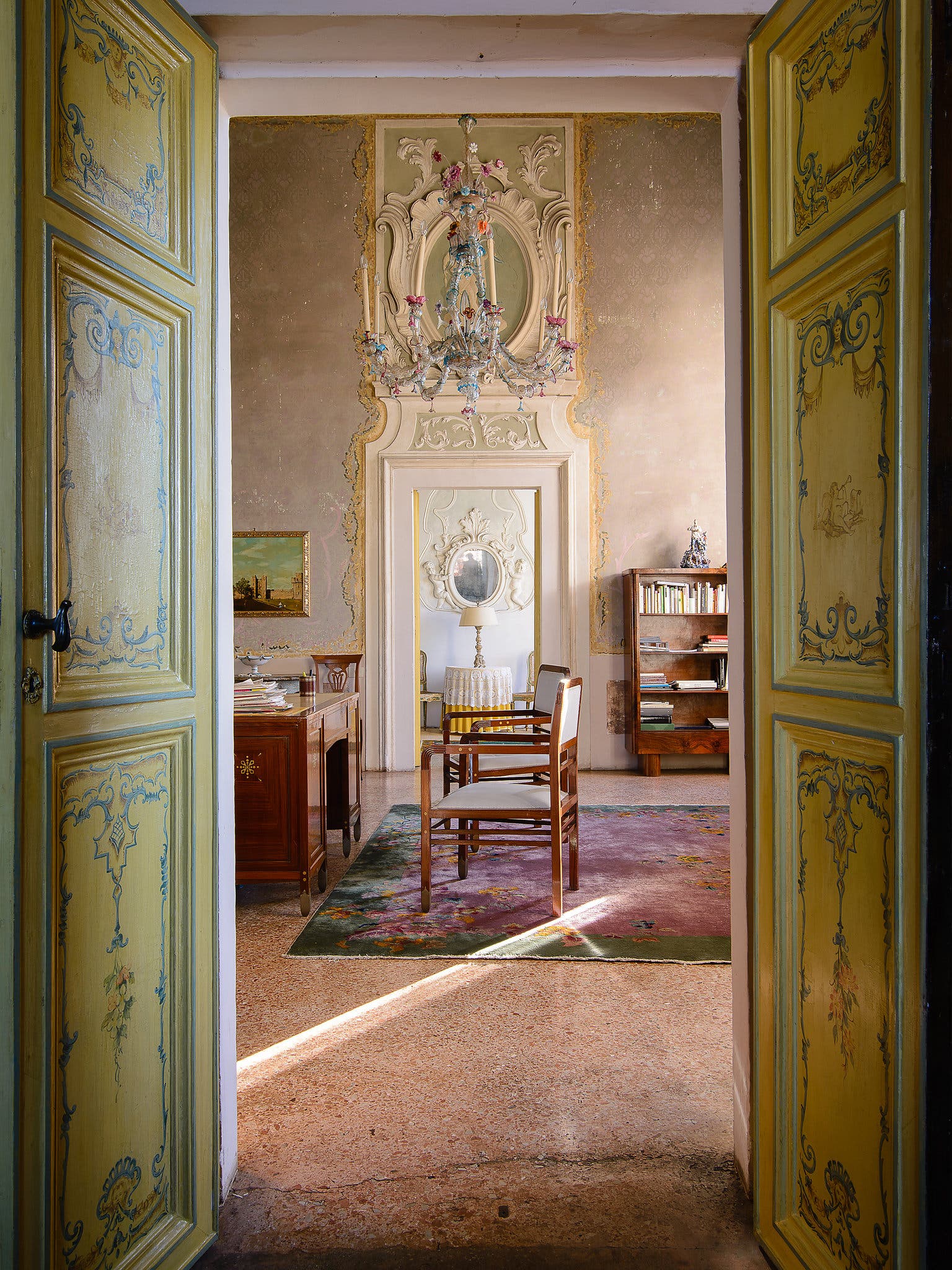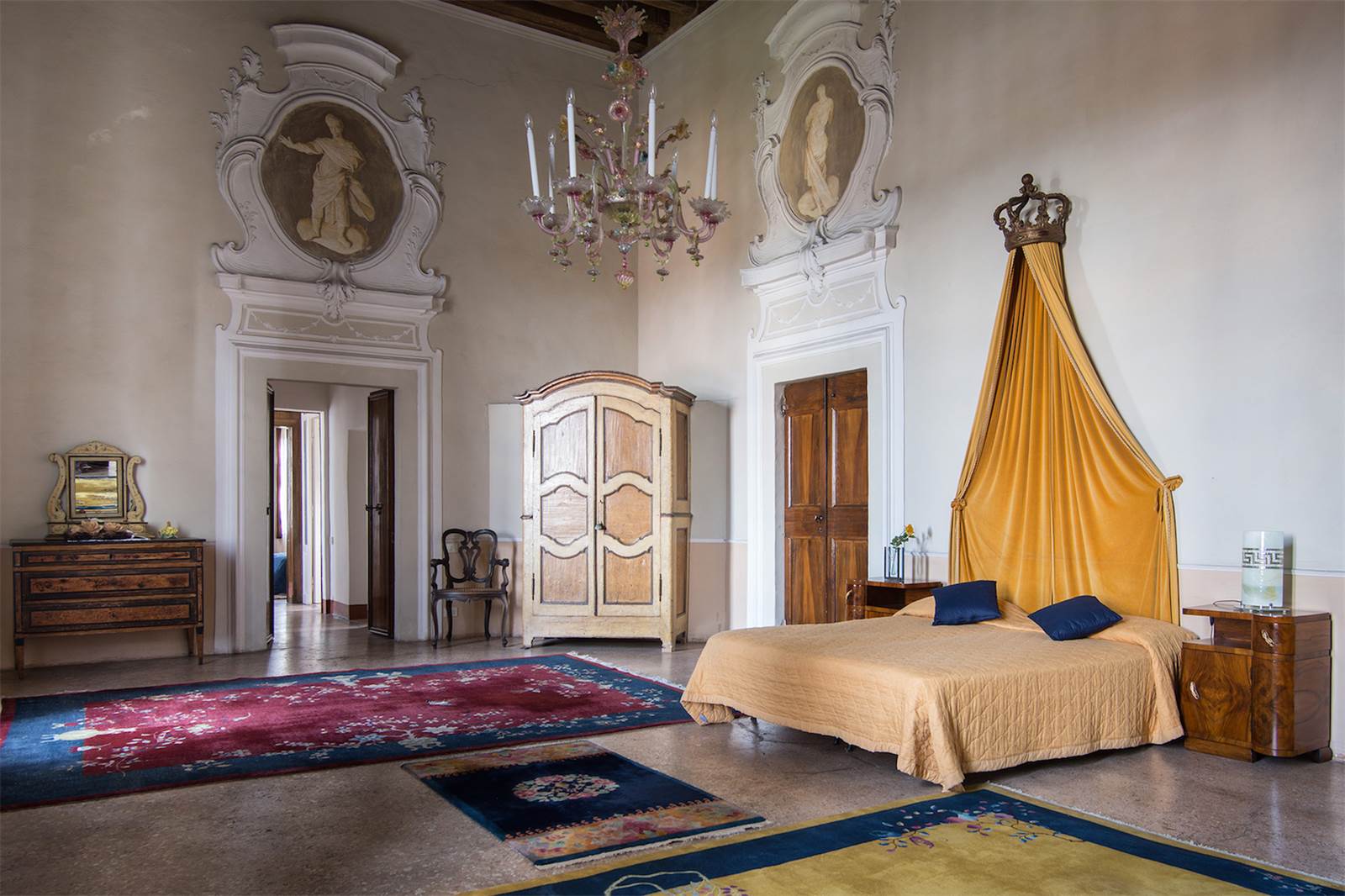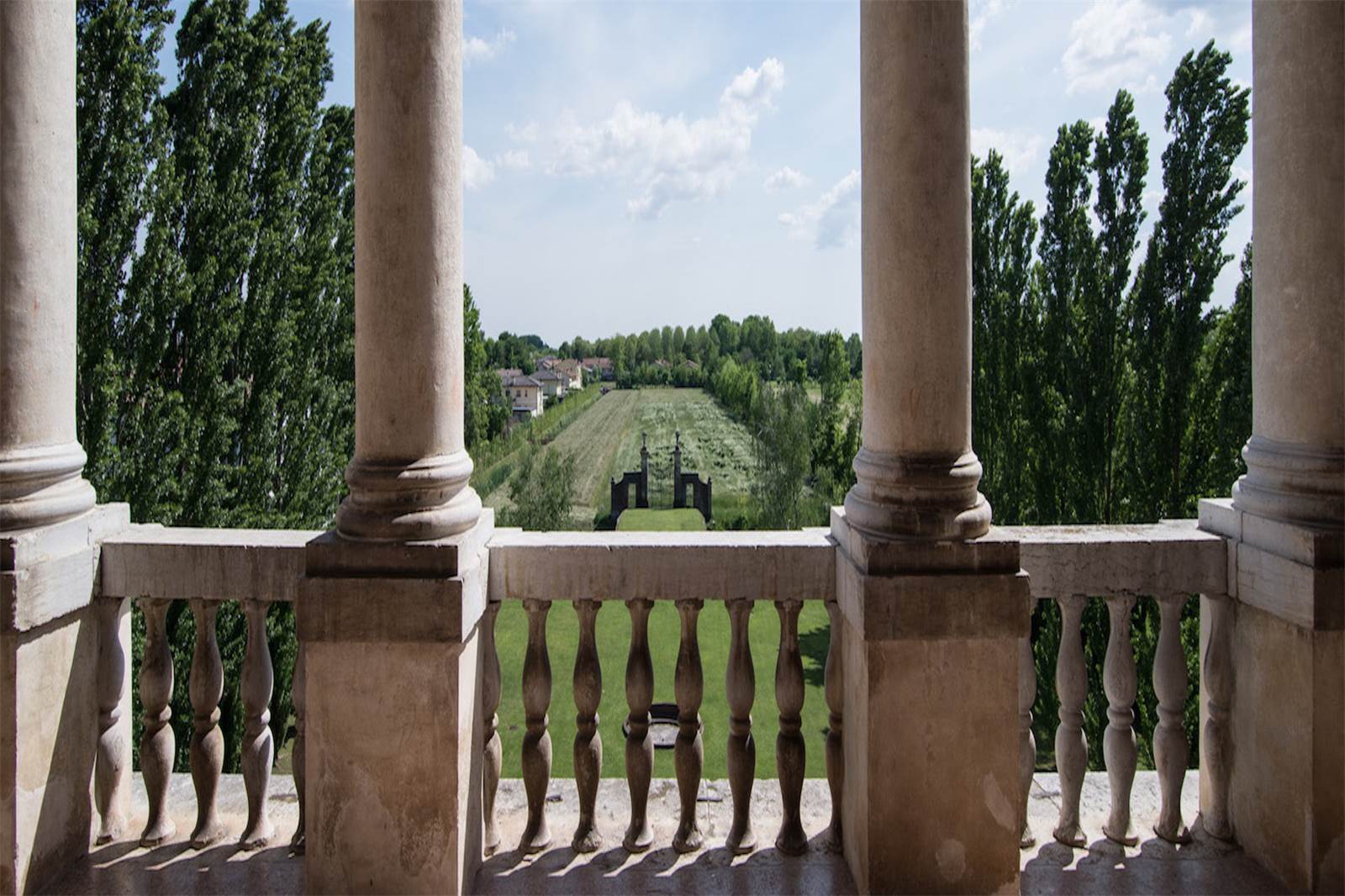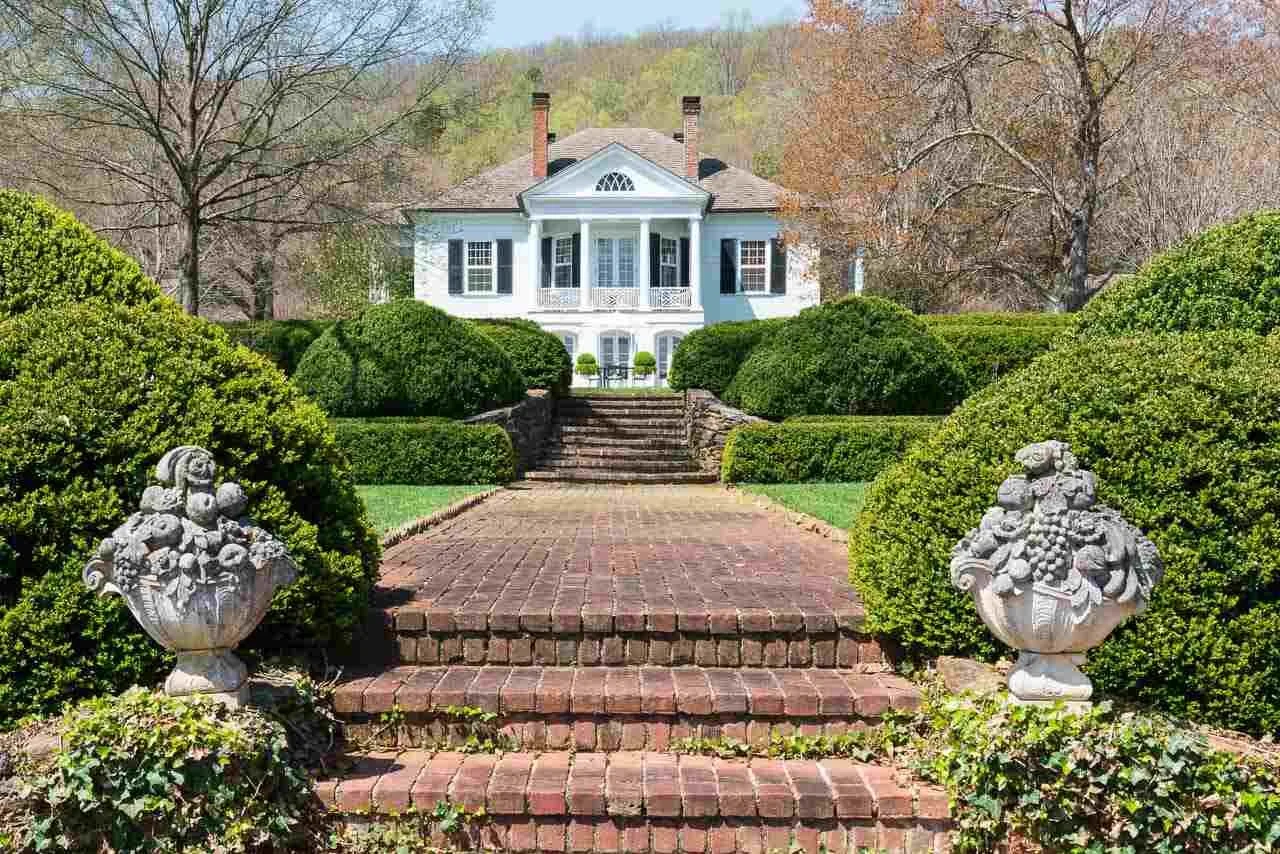One of the Greatest Houses in All of Italy
A couple of years ago, I came across a listing by Sotheby’s Venice, for a beautiful Palladian mansion in northern Italy that stated: "PALLADIAN VILLA OF HIGHEST IMPORTANCE," with very little additional information provided in the description which had been very clearly translated from Italian to English.
As a great admirer of history and architecture, I knew there was more to this property. So I set about researching: I soon discovered that the property I was admiring was Villa Cornaro, considered to be one of the greatest houses in all of Italy.
Located in Piombino Dese, about 30 km from Venice, it was constructed between 1553-1554 for Giorgio Cornaro, the younger son of a powerful Venetian family.
One of 24 surviving villas designed by Renaissance architect Andrea Palladio, considered to be one of the most influential people in the history of architecture with the Palladian style of architecture named after him. This villa is illustrated and described by him in Book Two of his 1570 treaties, I Quattro Libri dell'Architettura (The Four Books on Architecture).
23 Venetian buildings and 24 Palladian Villas designed by Andrea Palladio are part of a UNESCO Heritage Site named “City of Vicenza and the Palladian Villas of the Veneto”. See the list of Villas here
Drawings of Villa Cornaro based on those from I Quattro Libri dell'Architettura
What is most notable about this property is its influence on the history of architecture around the world. The Palladian style has been used as a model for villas including Monticello, the home of Thomas Jefferson, third President of the US. Drayton Hall, an 18th-century plantation house in Charleston, S.C., was also heavily influenced by this design.
Original architectural drawing of Villa Cornaro by Late President Thomas Jefferson
Monticello, the home of Thomas Jefferson, third President of the US
In 1989, the villa was purchased for $2 million by a couple from Atlanta, Georgia. Carl and Sally Gable, who became the sixth family to occupy the villa in its 400+ year history.
The Gables “fell in love with the villa immediately, and wholly–emotionally, sensually, intellectually. To contemplate buying it and living there was like being asked to become a princess and live in a fairy tale.”
They subsequently released a book about their journey (and adventures) purchasing and restoring this historical treasure.
“In Villa Cornaro they acquired a magnificent piece of architecture, with not only rigorously proportioned rooms topped by 24-foot ceilings, but also a trove of important artworks. One hundred and four frescoes decorate the walls of 13 of the 14 principal rooms. (Old Testament subjects are on the lower floor; New Testament upstairs.) The exception is the lower-floor grand salon, which is ornamented with six eight-foot-tall statues of Cornaro family members, created around 1590 by the sculptor Camillo Mariani"
Notable details include original terazzo floors and pale lavender stenciled walls on the upper-floor study, and an office suite designed by the early 20th-century Milanese cabinetmaker Carlo Zen.
After living in the villa for 30 years, the couple listed the Palladian masterpiece in 2017 for $45 million. Once open to the public for scheduled visits, the villa is currently under renovation.
Sources: The New York Times | Alain Truong | Don Freeman | Sally and Carl Gable





